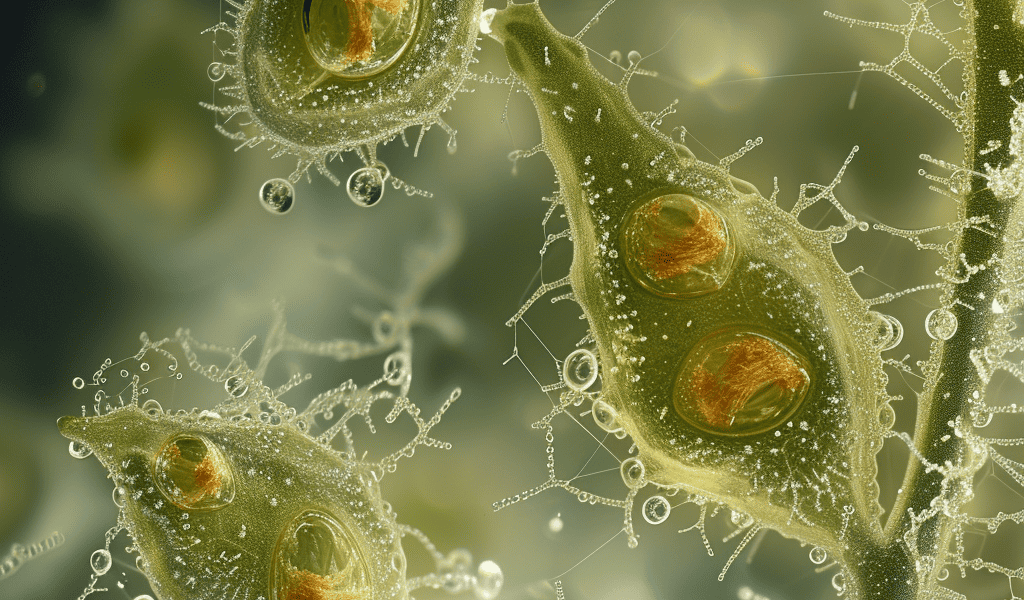A team of scientists from Japan has made an incredible discovery, capturing real-time footage of plants ‘talking’ to each other. According to Science Alert, plants are surrounded by fine mist of airborne compounds that they use to communicate. These compounds are like smells and warn plants of danger nearby. The video recorded by the Japanese scientists has revealed how plants receive and respond to these aerial alarms. This significant achievement, led by molecular biologist Masatsugu Toyota from Saitama University, was published in the journal Nature Communications.
Other members of the team included Yuri Aratani, a PhD student, and Takuya Uemura, a postdoctoral researcher.
The team observed how an undamaged plant responded to volatile organic compounds (VOCs) released by plants damaged by insects or otherwise. ‘Plants perceive VOCs released by mechanically or herbivore-damaged neighbouring plants and induce various defence responses. Such interplant communication protects plants from environmental threats,’ the authors said in the study.
To capture the communication, these scientists used an air pump connected to a container of leaves and caterpillars, and another box with Arabidopsis thaliana, a common weed from the mustard family. Science Alert said that caterpillars were allowed to feed on leaves cut from tomato plants and Arabidopsis thaliana, and the researchers captured the responses of a second, intact, insect-free Arabidopsis plant to those danger cues. The researchers had added a biosensor that glowed green and calcium ions were detected. Calcium signalling is something human cells also use to communicate. As seen in the video, the undamaged plants received the messages of their injured neighbours, and responded with bursts of calcium ions.





